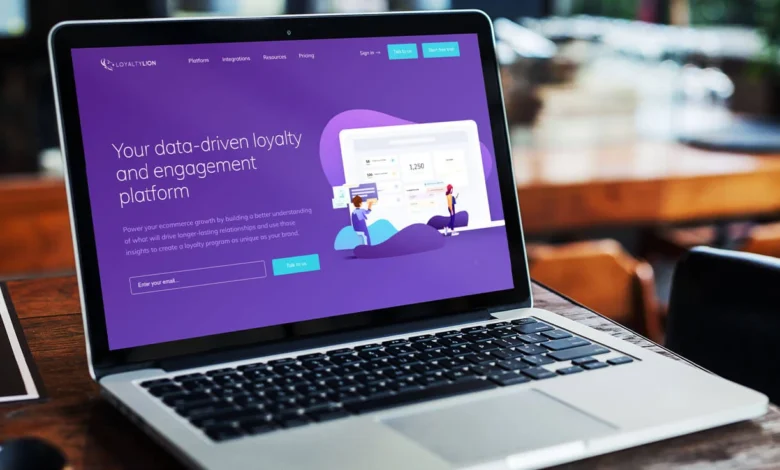Pluses and minuses of hot desking software

Hot desking, also known as “hoteling,” is a flexible work arrangement in which employees do not have a designated workspace and instead share common areas and desks. This type of setup is becoming increasingly popular as companies look for ways to reduce costs and improve employee collaboration. However, managing a hot desking environment can be challenging, and this is where hot desking software comes in.
Benefits
One of the main benefits of hot desking software is that it allows employees to easily find and reserve available desks. This is particularly useful in large or busy offices where it can be difficult to find an open workspace. By using hot desking software, employees can quickly and easily find an available desk and reserve it for their use, without the need to search around the office or ask colleagues if a particular space is occupied.
Another benefit of hot desking software is that it helps to ensure that the right resources are available to employees when they need them. For example, if an employee needs to use a particular piece of equipment or software, a hot desking software can help them to identify which workstations have that resource available and when it is free for use. This can help to improve productivity and reduce frustration for employees.
Hot desking software can also help companies to better manage their office space and costs. By tracking the usage of desks and common areas, companies can gain valuable insights into how their office space is being used and identify opportunities to optimize usage and reduce costs. For example, if a particular area of the office is not being used as much as it could be, the company may choose to reduce the number of desks in that area or use the space for something else.
Drawbacks
While hot desking software can bring many benefits to companies, there are also some potential drawbacks to consider.
One of the main drawbacks is that it can be difficult for employees to adjust to a hot desking environment. Without a designated workspace, employees may feel a sense of uncertainty or lack of control over their work environment. This can lead to decreased productivity, increased stress, and a general sense of dissatisfaction among employees. To mitigate this, it is important for companies to provide clear guidelines and training for employees on how to use the hot desking software and how to navigate the hot desking environment.
Another drawback is that hot desking can make it harder for employees to establish a sense of community and collaboration within the workplace. When employees don’t have a dedicated workspace, it can be harder for them to build relationships with their colleagues and collaborate on projects. This can lead to feelings of isolation and a lack of a sense of belonging among employees. To mitigate this, companies should consider implementing regular team-building activities, and other activities that encourage collaboration and socialization among employees.
Additionally, hot desking software may also cause some issues with data security and privacy. As employees will be sharing workstations, it is important to ensure that sensitive data is protected and that employees understand the proper protocols for using shared workstations securely. This can include installing software that ensures that data is automatically erased from the workstation when an employee logs out and providing training on how to securely store and share data in a hot desking environment.
Lastly, the cost of implementing and maintaining hot desking software can be high. This includes the cost of software licenses, hardware, and other equipment, and the cost of training employees on how to use the software. It is important for companies to weigh the potential benefits of hot desking software against the costs of implementation and maintenance before deciding to implement it.
Conclusion
It is important to consider the potential drawbacks and take steps to mitigate them. It is important for companies to provide clear guidelines and training for employees, implement team-building activities, and take steps to ensure data security and privacy. It is also vital to weigh the costs of implementation and maintenance against the potential benefits before deciding to implement hot desking software. And yet, hot desking software is a valuable tool for companies that are looking to improve the management and usage of their office space. It allows employees to easily find and reserve available desks, ensures that the right resources are available when they are needed, and helps companies to better manage their office space and costs. As more and more companies adopt flexible work arrangements, the need for hot desking software will continue to grow.




